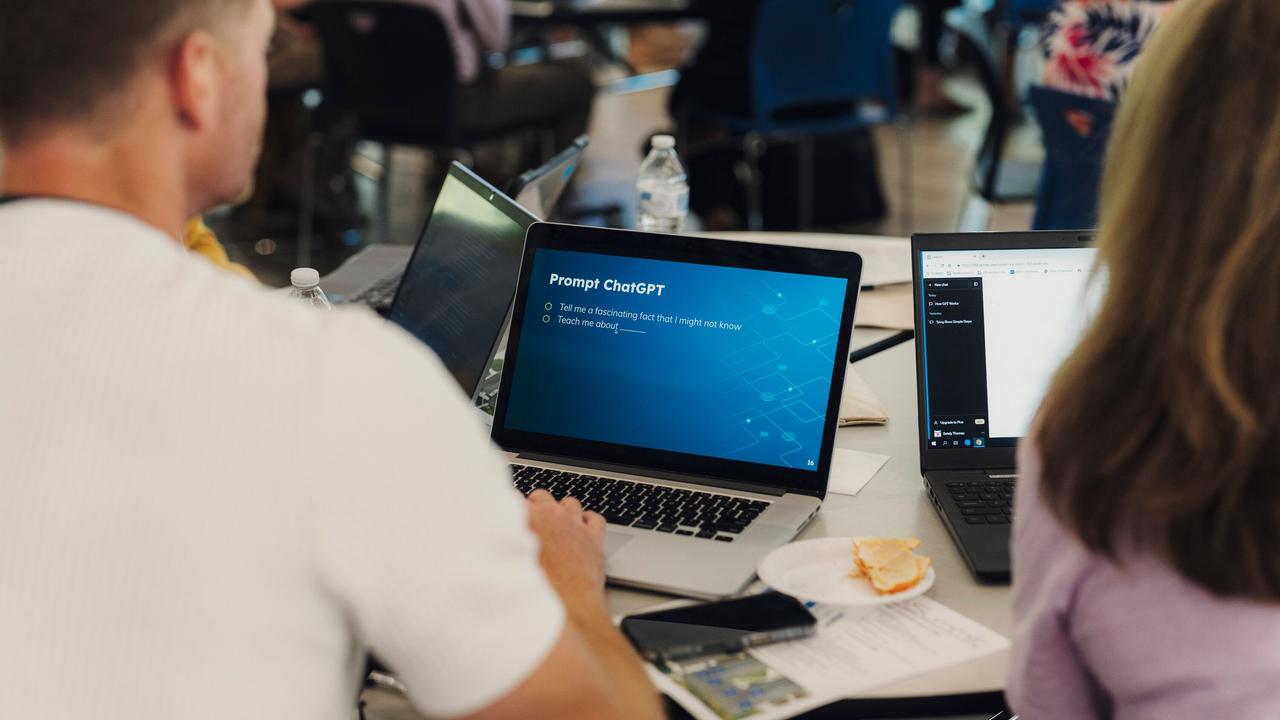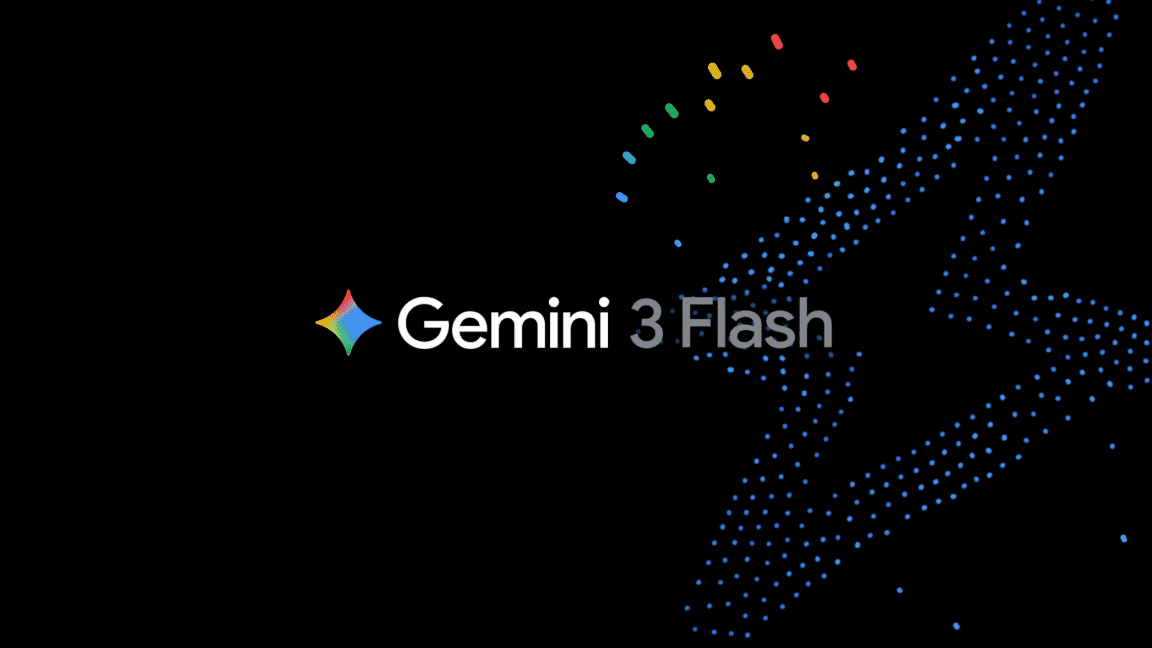Nevada's AI-Driven Student Assessment Sparks Controversy and Funding Concerns
2 Sources
2 Sources
[1]
Nevada Asked A.I. Which Students Need Help. The Answer Caused an Outcry.
The new system cut the number of students deemed "at risk" in the state by 200,000, leading to tough moral and ethical questions over which children deserve extra assistance. Nevada has long had the most lopsided school funding in the country. Low-income districts there have nearly 35 percent less money to spend per pupil than wealthier ones do -- the largest gap of any state. A year ago, Nevada set out to improve on that dubious status with some help from artificial intelligence provided by an outside contractor. Instead, it set off an uproar. The A.I. system calculated that the state's previous estimate of the number of children who would struggle in school was far too high. Before, Nevada treated all low-income students as "at risk" of academic and social troubles. The A.I. algorithm was more complex -- and set a much higher bar. It weighed dozens of factors besides income to decide whether a student might fall behind in school, including how often they attended class and the language spoken at home. And when the calculations were done, the number of students classified as at-risk plummeted to less than 65,000, from over 270,000 in 2022. As a result, many schools saw state money that they had relied on disappear. Districts scrambled to slash programs and redo budgets. The outcome has horrified many school leaders who believe the number of children in Nevada who need extra support has ballooned, not shrunk, since the pandemic took hold. It also shocked school finance experts who thought the state needed to spend more efficiently. A year into the state's embrace of the new system, the high-stakes effort has raised thorny questions about the use artificial intelligence in school administration, and about who should count as an at-risk child in the first place. Millions of American schoolchildren are still reeling from the disruptions caused by the pandemic. Many may never catch up academically, leaving them to enter adulthood without skills they need to succeed. At the same time, states are seeing revenue growth slow and federal relief dollars expire, adding pressure to spend dwindling funds wisely. Nevada hoped its new system would be a step toward better serving disadvantaged children. One part of the plan gives schools extra money for students who are learning English and for those with disabilities. But the state also wanted to rethink which students it identified as at risk, and focus more of its money on helping only the neediest children. That change in approach has left some schools reeling. At the Somerset Academy's Stephanie Campus in Henderson, Nev., more than 250 children are low-income, federal statistics show. About a dozen are homeless. But the principal, David Fossett, said that not a single student was identified as at risk under the new system. "It was a shock," Mr. Fossett said, adding "We still don't truly know how it works." No other state currently relies solely on the machine learning system that Nevada uses to identify and provide funds for at-risk children, but experts say that more places might look to A.I. as a tool to help with the job. Growing up in poverty can play a damaging role in children's lives and academic performance. Nevada used to gauge poverty the way many states do, by using the number of students who are eligible for free or reduced-price lunches as a proxy measure. But the range of students who qualify for lunch programs has greatly expanded, making it an increasingly inaccurate measure, researchers say. So in Nevada, leaders looked for new ways to identify which students were at risk of falling behind. Enter the artificial intelligence system. The program, provided by a company called Infinite Campus, combs through an avalanche of student information, including grade point average, unexcused absences and discipline incidents, to try to predict which students might struggle to graduate. It weighs factors like how often a guardian logs onto a school portal, the number of parents in a household and which language is spoken at home. In the first year, it also considered a student's gender, race and birth country. In all, it analyzes more than six dozen different characteristics, though how each factor is weighed is kept private. The system then pumps out a "grad score" from 50 to 150 for each student. The lower the number, the greater the chance that a child will fail to complete school, according to the model. The system labeled children with scores in the bottom 20 percent as medium to high risk, the category Nevada used to give out money. That reduced the state's tally by more than 200,000 students. "Alarm bells went off," said Amanda Morgan, the executive director of Educate Nevada Now, an advocacy group that has called for the state to raise education spending. The new system has raised ethical questions. Is it fair, for example, for a girl with the same academic and behavioral troubles as a male classmate to be classified at lower risk, simply because girls overall tend to have better outcomes than boys? And should a state rely on a private company, whose methods are not entirely transparent, to make decisions on sensitive school issues? Charlie Kratsch, the founder of Infinite Campus, said its model is trained on several years' worth of student data in the state. He has argued that its specific workings are proprietary and so must be kept private. The company has offered some broad insights into how it works. For example, skipping five consecutive school days might be regarded as less worrisome for a middle schooler with a 3.9 G.P.A. than for a tenth grader with failing grades. Mr. Kratsch said that, "under political pressure," the company removed race, gender and birth country as factors before the current school year. "We're trying to bring accurate data to the table," Mr. Kratsch said, and then allow states "to decide what to do with that." The debate in Nevada touches on a broader national divide over how schools should prioritize limited money: by focusing intensively on the lowest-performing students or by spreading it out so that more children get at least some help. Jordan Abbott, who studies public school finance at New America, a research organization, and who has written about Nevada's changes, said he believed that "what Nevada is doing is admirable" in seeking to use data to target students in innovative ways. "It's OK not to be afraid of machine learning and predictive analytics," Mr. Abbott said. He added, however, that when it comes to making spending decisions, states needed "transparency, accountability and evaluation mechanisms baked in from the start." "Nevada's current system just doesn't do that," he said. Nevada leaders point out that overall funding did not decline, and say that they want to make the most of limited cash in a state with some of the nation's most poorly funded public schools. Nevada ranks No. 46 in school spending per student, and its wealthier districts have much more money than poorer ones do largely because they can raise much more from local property taxes, a disparity that many other states try to offset in their schools. Under Nevada's new program, schools now receive about $2,900 for each at-risk student, compared with $303 under the previous system, according to Megan Peterson, a deputy superintendent in Nevada's education department. She said that the mission of the public education system is preparing students to enter the world equipped to pursue their goals. "The No. 1 goal of that is to get them to graduate," she said, adding that one in five Nevada students fail to leave high school on time. Districts leaders have questioned whether the focus on graduating students is too narrow. Educators said they are finding greater numbers of students with risks that A.I. might fail to capture, like depression and self harm. "Maybe they perform well academically, but you can be unhealthy in other ways," said Paul Johnson, a member of Nevada's school funding commission. Helping those students, he added, requires extra money for things like counselors. Some schools are faring better financially under the new system than they did under the old. In the Reno area, the Carson City district's at-risk count fell by more than 2,000, but the increase in funding per student more than made up the difference, letting the district create a new position at each school to help children who are struggling with academics or behavior. Even so, the superintendent, Andrew Feuling, said he was frustrated that schools are not told exactly how the system works, calling it a "black box." At the Mater Academy of Nevada, a group of three charter schools in the Las Vegas area, many students are poor and enter behind the grade level of others their age, said Renee Fairless, the executive director. To keep children on track, the schools often offer after-school tutoring, and send many students home with food on Fridays if their families cannot afford groceries. But under the new system, Mater's at-risk population dropped to 70 from well over 2,000. "All those other things that, as an educator, I have to worry about for a kid to be successful," Ms. Fairless said, "I'm really punished for doing."
[2]
Nevada asked AI which students need help, the answer caused an outcry
The AI system calculated that the state's previous estimate of the number of children who would struggle in school was far too high. Before, Nevada treated all low-income students as "at risk" of academic and social troubles. The AI algorithm was more complex -- and set a much higher bar.Nevada has long had the most lopsided school funding in the country. Low-income districts there have nearly 35% less money to spend per pupil than wealthier ones do -- the largest gap of any state. A year ago, Nevada set out to improve on that dubious status with some help from artificial intelligence provided by an outside contractor. Instead, it set off an uproar. The AI system calculated that the state's previous estimate of the number of children who would struggle in school was far too high. Before, Nevada treated all low-income students as "at risk" of academic and social troubles. The AI algorithm was more complex -- and set a much higher bar. It weighed dozens of factors besides income to decide whether a student might fall behind in school. And when the calculations were done, the number of students classified as at risk plummeted to less than 65,000, from more than 270,000 in 2022. As a result, many schools saw state money they relied on disappear. Districts scrambled to slash programs and redo budgets. The outcome has horrified many school leaders who believe the number of children in Nevada who need extra support has ballooned, not shrunk, since the pandemic took hold. A year into the state's embrace of the new system, the high-stakes effort has raised thorny questions about the use AI in school administration and about who should count as an at-risk child in the first place. No other state currently relies solely on the machine-learning system that Nevada uses to identify and provide funds for at-risk children. The program, provided by a company called Infinite Campus, combs through student information, including grade-point average, unexcused absences and discipline incidents, to try to predict which students might struggle to graduate. It weighs factors like how often a guardian logs onto a school portal, the number of parents in a household and which language is spoken at home. It analyzes more than six dozen different characteristics, though how each factor is weighed is kept private. The system then pumps out a "grad score" for each student. The lower the number, the greater the chance a child will fail to complete school, according to the model. The system labeled children with scores in the bottom 20% as medium to high risk, the category Nevada used to give out money. That reduced the state's tally by more than 200,000 students.
Share
Share
Copy Link
Nevada's implementation of an AI system to identify at-risk students has led to a significant reduction in the number of students classified as needing extra support, causing budget cuts and raising ethical questions about AI use in education.

Nevada's AI Initiative Reshapes Student Support System
In a bold move to address its notoriously uneven school funding, Nevada turned to artificial intelligence to identify at-risk students. However, this decision has ignited a firestorm of controversy and raised critical questions about the role of AI in education policy
1
.The AI System and Its Impact
The AI system, developed by Infinite Campus, analyzes over 70 student characteristics to predict academic struggles. Unlike the previous method that classified all low-income students as at-risk, this AI-driven approach considers factors such as attendance, home language, and parental engagement
2
.The results were startling:
- The number of at-risk students plummeted from over 270,000 in 2022 to less than 65,000.
- Schools saw significant reductions in state funding, forcing program cuts and budget revisions.
Controversy and Concerns
The dramatic shift has sparked outrage among educators who believe the number of students needing support has increased post-pandemic. Key concerns include:
- Ethical implications of using AI for sensitive educational decisions.
- Lack of transparency in the AI's decision-making process.
- Potential bias in the system, which initially considered factors like gender and race.
Related Stories
The AI System's Methodology
Infinite Campus's AI model:
- Assigns each student a "grad score" between 50 and 150.
- Classifies students in the bottom 20% as medium to high risk.
- Keeps its specific weighting of factors proprietary.
Charlie Kratsch, Infinite Campus's founder, defended the system but acknowledged removing race, gender, and birth country as factors due to political pressure
1
.Broader Implications
This initiative raises important questions about:
- The definition of an "at-risk" student in the modern educational landscape.
- The balance between efficient resource allocation and comprehensive student support.
- The potential for AI to reshape educational policy and funding decisions nationwide.
As states grapple with slowing revenue growth and expiring federal relief, Nevada's experiment may serve as a cautionary tale or a blueprint for others considering AI-driven educational reforms
1
.References
Summarized by
Navi
Related Stories
AI in Education: Teachers Embrace Technology While Limiting Student Use
15 Apr 2025•Technology

AI Surveillance in Schools: Protecting Students or Criminalizing Careless Words?
07 Aug 2025•Technology

AI in Education: Transforming Classrooms and Challenging Traditional Learning Models
28 Aug 2025•Technology

Recent Highlights
1
Google launches Gemini 3 Flash as default AI model, delivering speed with Pro-grade reasoning
Technology

2
OpenAI launches GPT Image 1.5 as AI image generator war with Google intensifies
Technology

3
OpenAI launches ChatGPT app store, opening doors for third-party developers to build AI-powered apps
Technology





